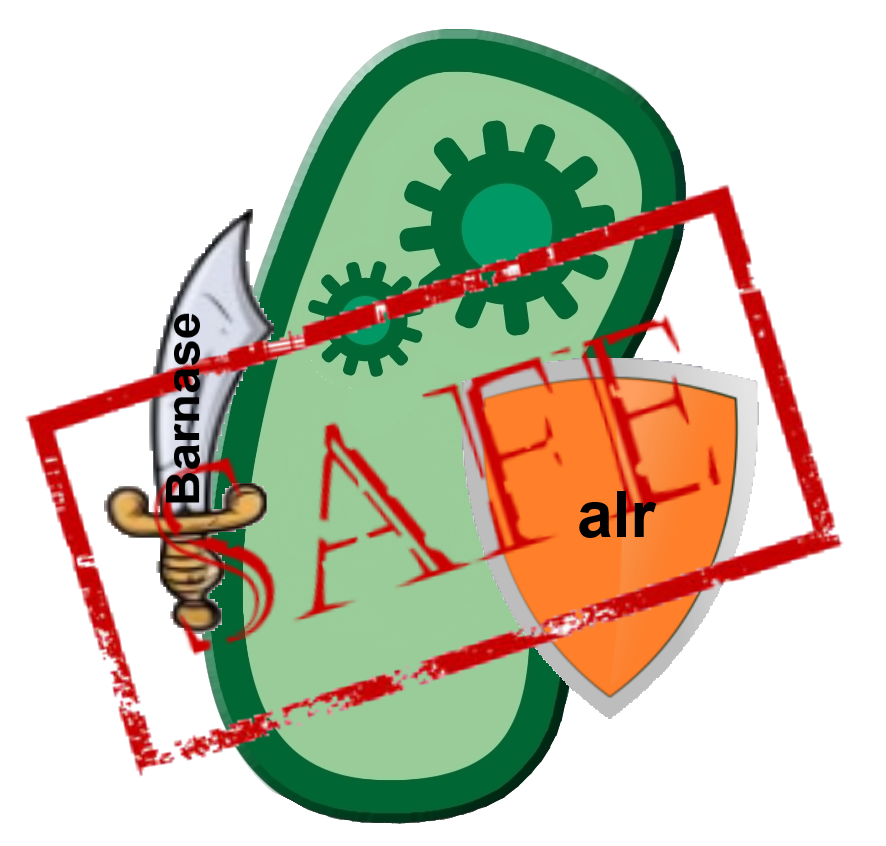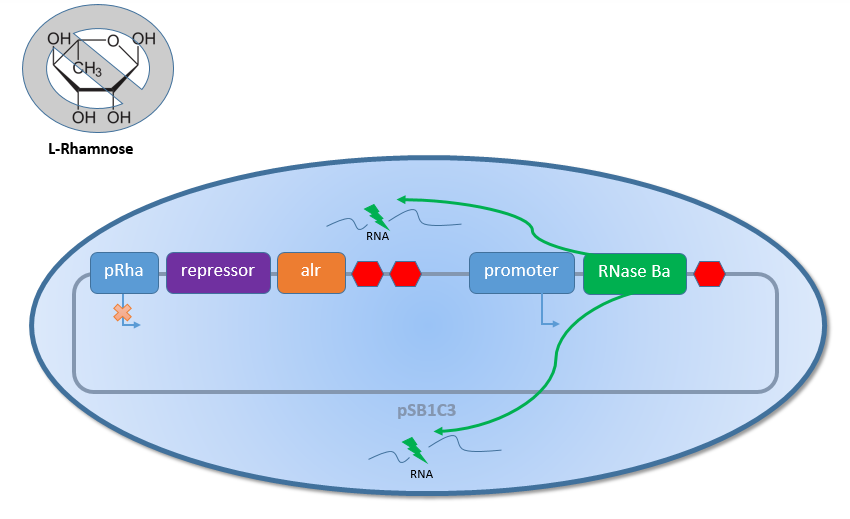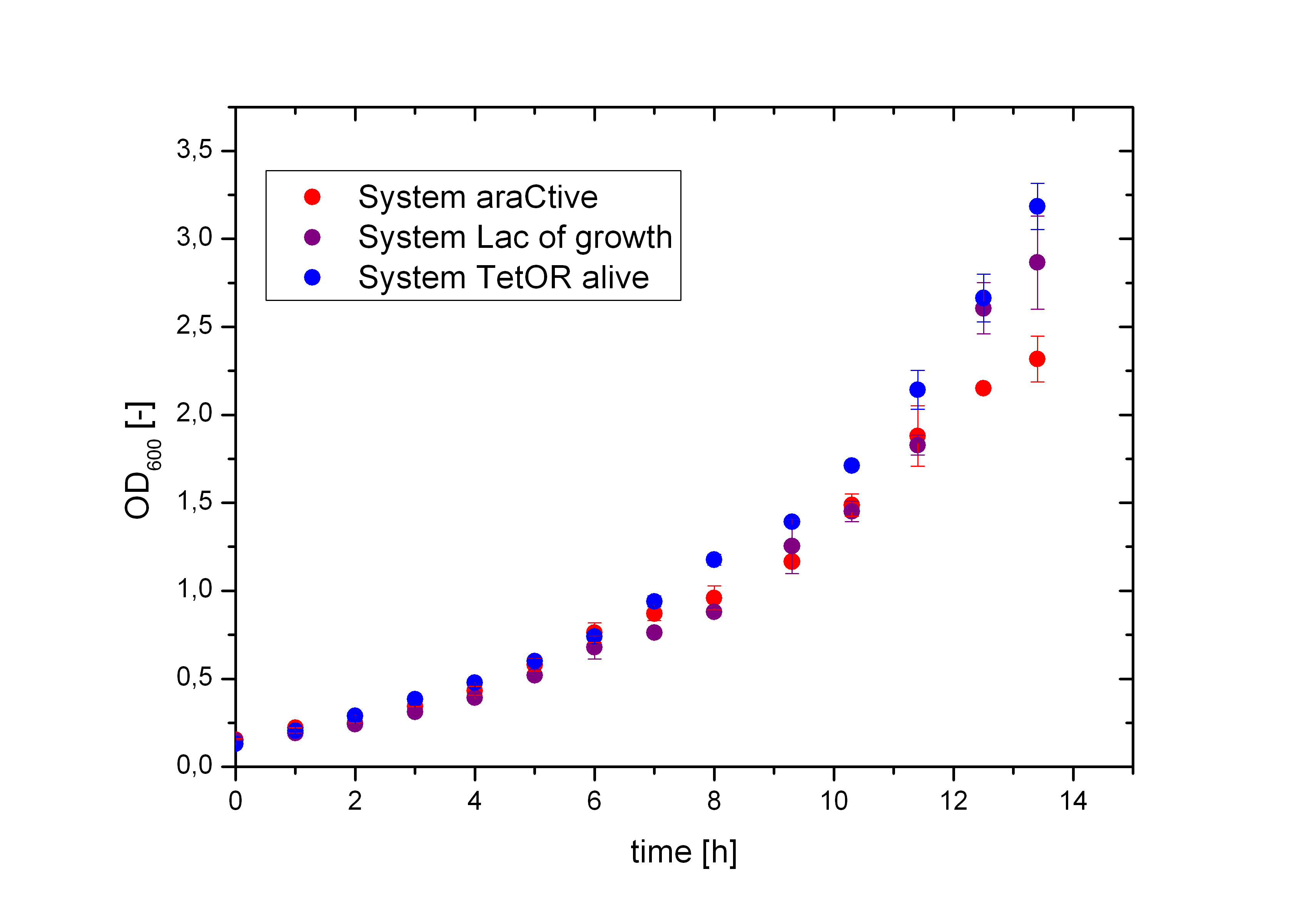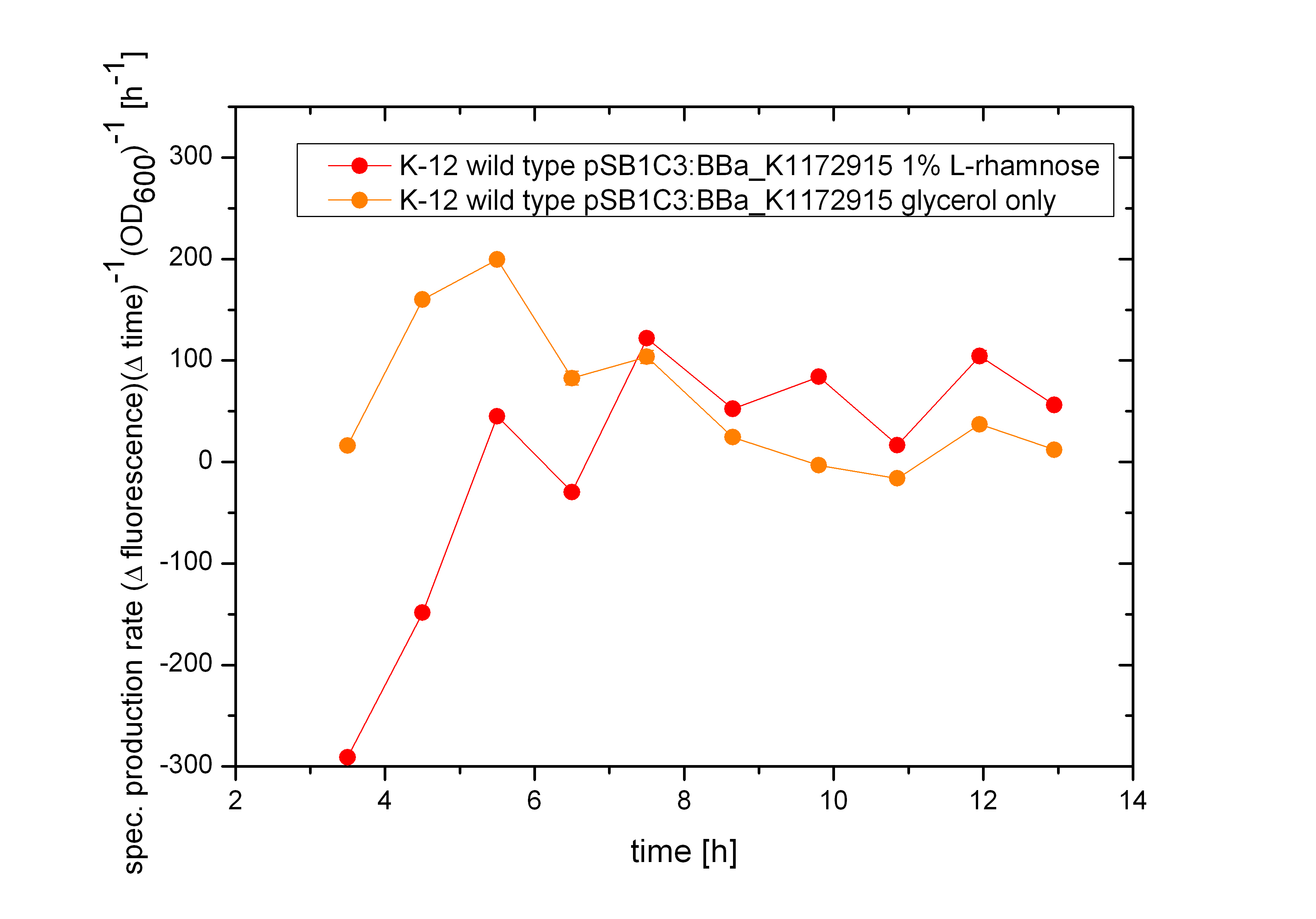Team:Bielefeld-Germany/Biosafety/Biosafety System
From 2013.igem.org
Biosafety System
Overview
Biosafety is an important aspect of Synthetic Biology, because it deals with the interaction of the environment and mankind. Several studies deal with the interaction of genetically modified bacteria and natural wild types. Mostly with the result that genetically modified bacteria does not influence the environment, but there is always a risk remaining. Because the genetically modified bacteria are adapted to the excellent conditions of the laboratory, the natural bacteria will outlast this modified strains in nature. So the genetically modified bacteria will not survive because of these evolutionary disadvantage. But there is no guarantee that there is really no interaction and that their release does not effect the equilibrium of the environment. To avoid these problems we also thought of a cell free fuel cell based on enzymes, but this is even more complex and would not be as efficient because of the limited activity of the enzymes. So the questions was, how will an approach as our microbial fuel cell, with genetic modified bacteria for a higher production of energy find application outside the laboratory, without effecting the nature?
The answers of this question can be found in our Safety-System. This now approach opens the possibility to control the cell division of living bacteria in a defined environment like the MFC. The Biosafety-System ensures, that the genetically modified bacteria can only survive in the defined zone, while they die, when they leave this area by accident or damage of the MFC chassi.
Briefly the basic of our Biosafety-System takes advantage of two common Biosafety-ideas, an auxotrophic strain and a toxic gene product. Our approach combines both in only one device. The so constructed Biosafety-System takes the best of this two approaches by establishing an new useful auxotrophy and a new toxic gene product in the partsregistry and is additional characterized as the first registered double kill-switch system. By using two different kill-switches, each individual switch can be a bck-up and our Biosafety-System provides additional a higher plasmid stability and a higher resistance towards undesirable mutations in the Safety-System. In one sentence: Our Biosafety-System is safe!
Theory
Another example for a second way the repressor acts is a direct interaction between the repressor and the operator. The repressor and the operator build a complex which the RNA polymerase can’t overcome. So the repressor blocks the RNA polymerase.
Results
References
- Autoren (Jahr) Titel [Link|Paper Ausgabe: Seiten].
 "
"









